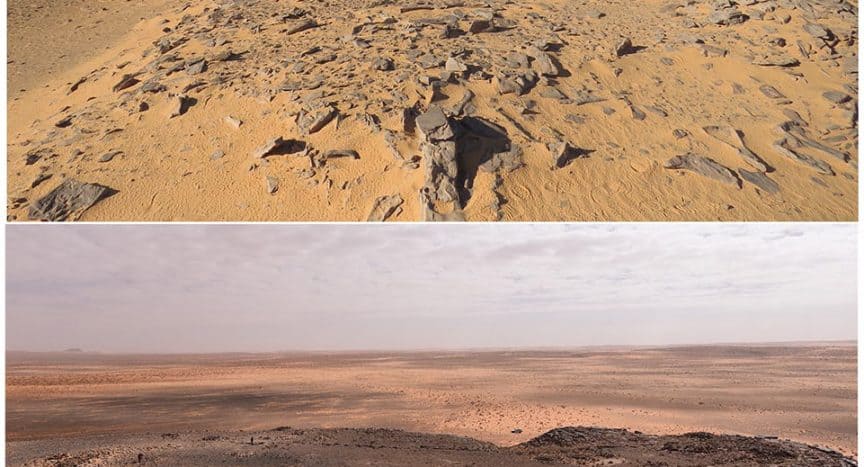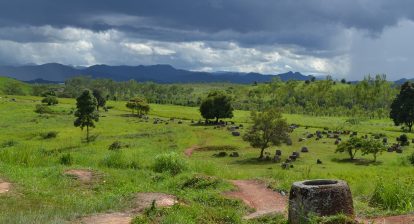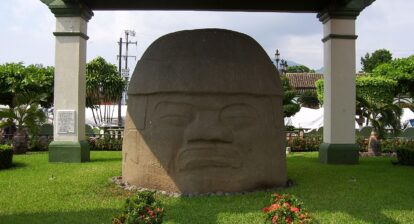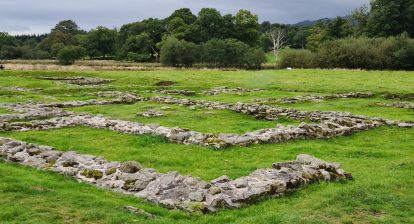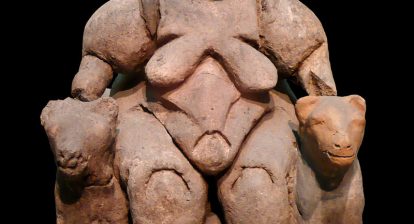Podcast: Play in new window | Download
Subscribe: Apple Podcasts | Spotify | Amazon Music | Blubrry | Email | RSS
The Arabian desert has been known as just that – a desert – including in archaeology. It was thought that there had been no iron-age activity in the area, which was around 1200 to 500 BCE. However, research conducted over the past 30 years or so has slowly changed the knowledge and understanding of the habitation and culture of this area. And not just from the iron-age but long before that! Thousands of stone structures, first discovered in the 1970s, and which are from 6500 to 2800 BC through to the present, have been identified across the region, as well as the whole of the Arabia Peninsula. They range from burial markers, tower and pendant tombs and open-air structures, also known as gates.
The gates are now known as mustatils (meaning rectangle in Arabic). Studies of these structures conducted using satellite imagery and aerial surveys, identified almost a 1000 mustatils in AlUla and Khaybar areas. An additional 39 mustatils were found through ground-surveys of AlUla, which revealed a number of previously unknown features. Recent excavations now show that the mustatils functioned as ritual structures in the 6th millennium BC, making them, one of the earliest and largest ritual monuments. This means that Arabia housed one of the earliest ritual monument sites, older than the Stonehenge and the Egyptian Pyramids.
Please subscribe to the You Tube Channel for more on science, history and nature and please do check out the website and follow on social media: Twitter // Instagram // Facebook // Reddit // TikTok Title music: Hovering Thoughts by Spence (YouTube Music Archive) Featured Image: Jebel Dhaya mustatil near Jubbah. Credit: The Holocene 2020 DOI 10.11770959683620950449
